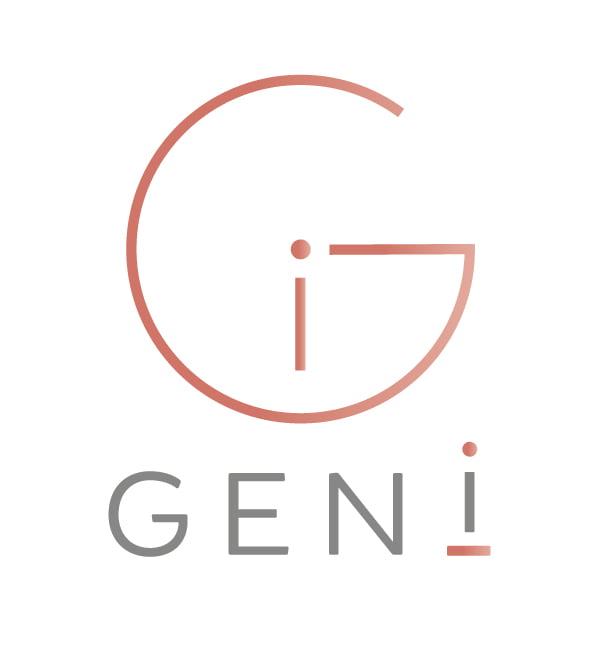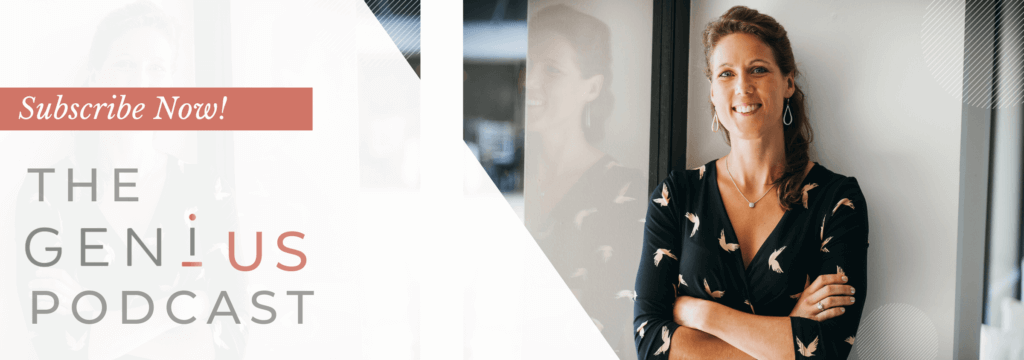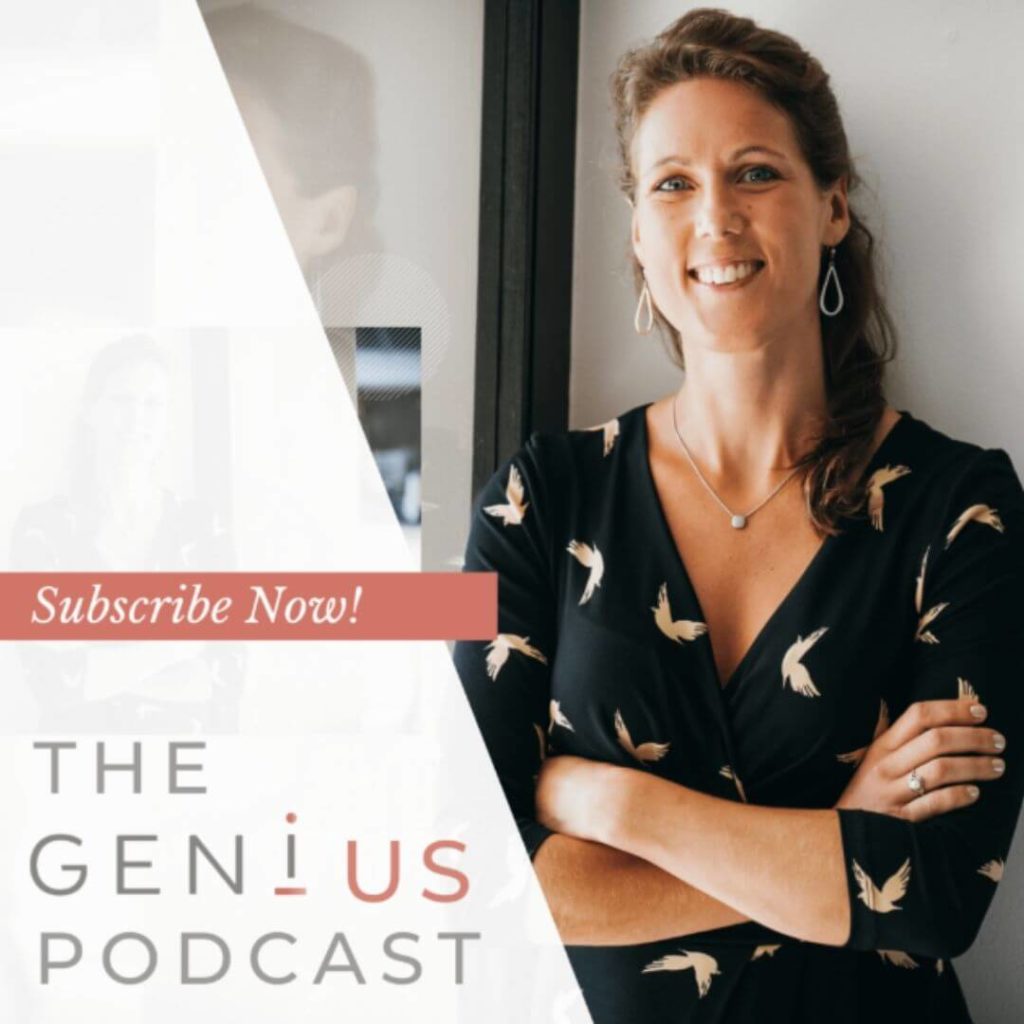Using the HOW Skill Set to Achieve Better Work-Life Balance.
It’s quite shocking that two-thirds of British people are unhappy with the amount they work. But it’s great that so many are changing their habits and seeking to have better work-life balance.
As I have said before, the term itself is half the trouble. If you are really seeking to improve your work-life balance, ditch the ‘balance’ and bring boundaries on board instead.
Work-life balance is actually about boundaries.
The difference, to me, is clear.
Boundaries are the result of active choice. Meanwhile, ‘balance’ suggests a lack of control. Boundaries can be as flexible as you want them to be. ‘Balance’, however, speaks of instability, precariousness. Boundaries are permeable – whilst ‘balance’ is always between two separate terms.
A healthy relation between work and life does not come through balance. Rather, it comes through a clarity of intention and a deliberateness of execution.
A ‘better work-life balance’ means something different to everyone. However, whatever image of work and life you hold, you need to know HOW to achieve that image.
That’s where the HOW Skill Set come in – Intention, Insight, Identification, Implementation, Integration – the strategy that I use (and teach) to make change happen.
Intention: What Does ‘Better Work-Life Balance’ Mean to You?
In order to have better work-life balance, you need to gain clarity on what this might mean to you. For some, it’s not a problem to be working all the time. For others, family comes first, or walking in the mountains, or trying to make the world a better place.
You need clarity on your intention. What do you want your ideal life to look (and feel) like? I suspect you feel like you’re working too much right now – but what would be the right amount for you? What would a great working day look and feel like? If you don’t know what this looks and feels like, then how can you figure out what needs to change to get you there?
One of the exercises I use is to imagine your dream life. What would you be doing – in work, leisure, free time, hobbies – and with whom? How much would you be working? Where would you draw the boundary for work?
The clearer you can be with your intention, the better.
Insight: What Would You Change?
Once you’ve imagined your perfect work-life balance, get brainstorming. You need to think about what differs between your ideal life and the one that you have now.
What needs to change? Where are your boundaries? Every idea that you have, every insight, needs to go down on that piece of paper, every possible thing that might be relevant to improving your work-life balance. Don’t worry about HOW right now, the focus is WHAT.
Do you limit yourself to four contracts at any one time? Do you need to do more exercise? What task do you like, which do you hate? Could you outsource those tasks? As long as it’s relevant to your intention, get it down.
No idea is too crazy, get them all down on a mindmap.
Visibility on ALL the possibilities is the key here.
Identify: Which Actions will Most Effectively Bring a Better Work-Life Balance?
With a page of concrete actions, you need to start thinking about your priorities.
Categorise them by type, which are one-offs, preparatory, routine and habits.
Then, identify which ones are the most impactful – those that will give you an immediate leap toward your goal (sometimes these are major big changes, others have a quick positive feedback loop). Next is which are the most influential. Whilst the former will have an impact on you, the latter will influence the ease with which you’ll be able to implement future changes, examples include those that will save you time tomorrow and create an environment for change.
Grade the priority of your tasks by their impact and influence. Would drawing a phone-free boundary around your home or bedroom have an impact on your appreciation of your home-life, for example?
Find out more about prioritising your tasks.
Some tasks will make you feel better immediately, others will make tasks easier in the long run.
Implement: How Do You Actually Do These Tasks?
Its all in the plan. You’ve considered which actions might be the most effective to instigate profound and consistent change. Yet, next, you should consider which tasks can be done now and which need to be integrated into longer-term plan and routines.
Where many fail is they try to do too much too soon
You might find that one-off task with an incredibly high impact would be to search for and hire a virtual assistant. It’s impactful because, when they are good – and I have a great one – they can take a whole load of work off your shoulders. The benefits can be instantaneous. And that task is done. You’ve already taken a massive step in the path to have better work-life balance.
But you can’t do everything in one week. So plan on HOW you are going to execute all the tasks.
Then next, you can focus on the habits.
Integrate: Which Habits Need to Change?
There are so many things that affect a person’s work-life balance. From checking your emails over dinner to eating poorly, from staying up late with work to drinking too much caffeine.
Whilst the one-off tasks can be implemented just like that, the day-to-day changes you need to make require a bit more thought.
We are what we routinely do.
Think about what is making your check your phone or stay up late (the latter would explain the coffee!). Think about the cues in your environment that are triggering these behaviours and think about how you could change your response to them. Consider how you could reward yourself for changing these habits.
Finding an effective work-life balance is hard. But drawing boundaries around those things you value makes it easier. By integrating new habits into your life – and by making the establishment of those boundaries habitual – you can find the work-life balance that lives up to your intention.
In Summary:
I have seen so many people overwhelmed with all the things they need to do, and this causes what I call ‘paralysis by overwhelm’. It’s common that people have tried to make change happen before and failed, they then take this to mean it is impossible and they will never be able to change. This is not the case. They know WHAT to change but the missing link is HOW.
So that is what I teach, so that people can learn the HOW Skill Set and make change happen in work and life.
Finally in the words of Nelson Mandela…
“It always seems impossible until it is done.”





